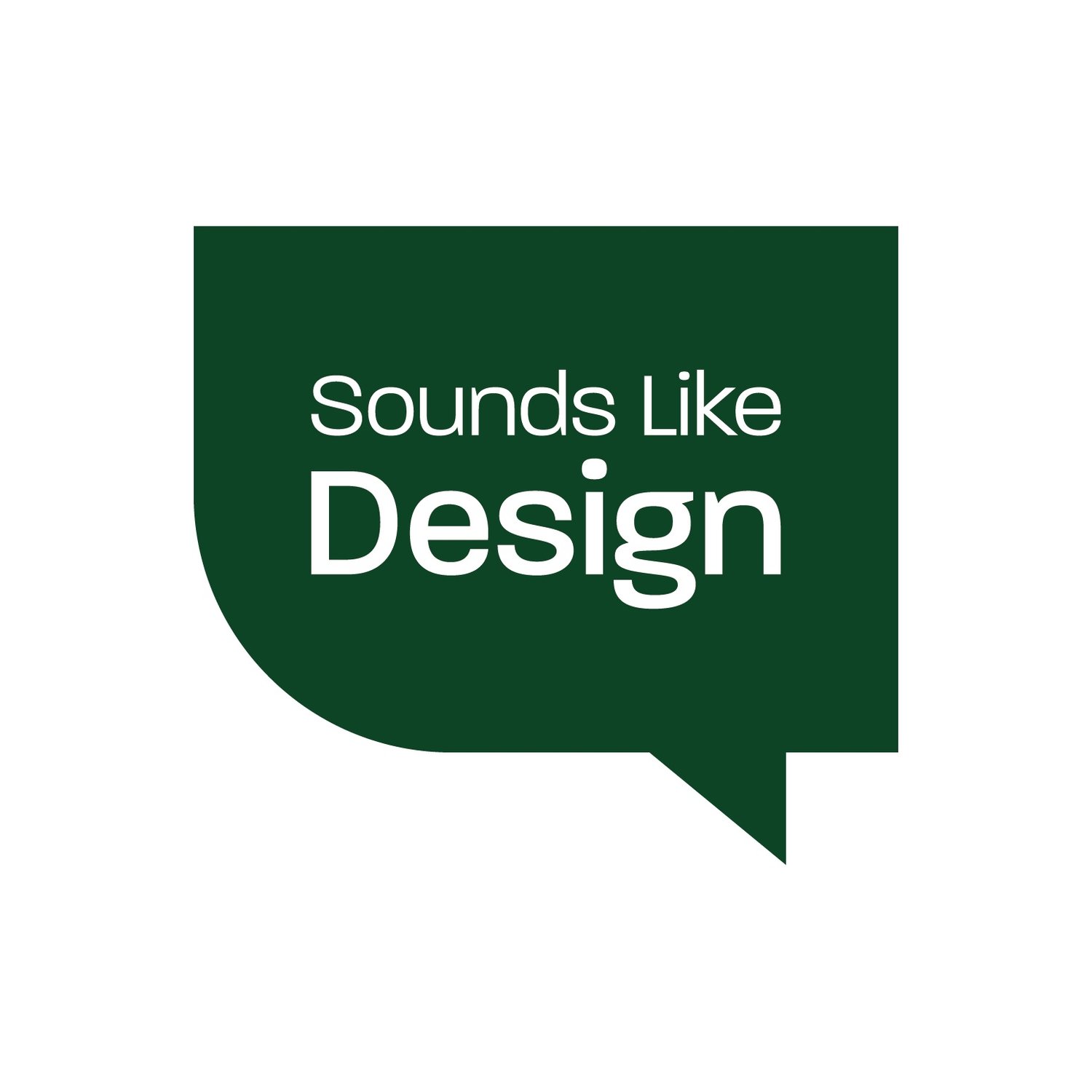8 reasons that architecture projects go off the rails (and how to keep them on track)
Many clients who choose to work with an architect don’t realise how stressful, demanding and expensive the process might become, and projects often get derailed as a result. So how can architects pre-empt these glitches, and proactively keep projects on track?
Projects are complex with many moving parts, and it’s the architects’ role to manage client expectations, and keep projects on track.
Photography: Miguel A. Ferreira via Unsplash.
Architecture projects are often incredibly complex and emotionally taxing, and they usually require clients to make a significant investment, of time, money, energy and attention.
And because projects take time to realise – from conception to completion and handover may take several years – there are many points along the way where projects could go off-the-rails.
This can take various forms: a client might decide against proceeding to the next stage, or they might opt to work with an alternative service provider, or they might even abandon the project altogether.
By anticipating those foreseeable hiccups that are inevitable throughout the course of most projects – and addressing them proactively in practice and project communications – architects can steer more of their clients and projects towards successful completion.
This leads to happier clients – who are more likely to refer your practice to others – and happier architects, because you can realise your design ambitions and be properly remunerated for your expertise.
8 key reasons that a project could potentially go wrong
Whether a client has experience of working with an architect before or not, there are several instances during a typical project journey where roadblocks could derail the job.
As these arise, your client may not be aware of what the underlying issue is that’s causing them to have second thoughts, especially if it’s their first time working with an architect.
However, an astute architect can read between the lines at these moments and carefully steer the client and the project back on track, when they recognise the warning signs.
So if one of your clients is overstressing about an aspect of their project – or not replying to your emails or messages – chances are they might be experiencing one of these key stages:
1. I don’t understand the process, or what happens at each stage, or how much it will all cost, or what inputs are required from me, but I really want to be informed and prepared, so I can make the right decisions throughout my project.
2. I can’t afford to build my dream home, and I don’t want to compromise on my vision and settle for something less.
3. I’m not confident I can see this process through and get the result I want and need for my family / workplace / business / school, etc.
4. I don’t trust my architect / builder to meet the brief, budget and projected timeframe (and if one, two or all three of these blowout, I’ll be completely overwhelmed and massively out-of-pocket).
5. My project started out small (I wanted a better kitchen, or new bedroom and bathroom, or to improve indoor/outdoor flow) but it’s snowballed into a giant all-encompassing beast. Now that it’s so big, I don’t have the time / money / bandwidth to see it through.
6. I thought we could get DA (Development Application) approval easily, but our neighbours objected, and/or our plans were outside the DCP (Development Control Plan), and Council unexpectedly rejected our application. I don’t know what to do next.
7. I thought getting the DA (Development Application) approval was the hardest part, but now the construction costs have come back from the builder/s and they are astronomical, putting the whole project beyond our reach.
8. I thought I had the bandwidth to manage this project but now my kids / elderly parents / partner / job / health issues need more of my limited attention span, and I just can’t handle this as well.
How can architects help their clients navigate these challenges?
For clients who don’t have much experience of working with an architect, the complexity and all-encompassing demands of a project can feel overwhelming at times.
Architects are highly practiced at dealing with this level of increasingly complexity in the design and construction process. And they are skilled at balancing and weighing competing issues and challenges to arrive at an elegant solution.
But clients often find the process of making thousands of decisions – some of them seemingly minor and inconsequential, others incredibly significant and expensive – stressful and exhausting.
So one day your client is at your office or a site meeting, making confident decisions and investing their trust in you to help them find the most suitable outcome; and the next week you can’t get hold of them by phone or email and the project grinds to a halt without their input and confirmation.
This negatively impacts your workflow and cashflow, and infects your entire team with uncertainty and doubt about the future of the project, and it upsets the delicate balance in your practice.
So why do projects stall, and how can you get them back on track?
Most projects come to a halt because the client is feeling overwhelmed by the scope and scale of the project, or matters in their personal or professional lives, or both.
And when a client hits their bandwidth limits, something has to give. If the project is the lowest priority on their overflowing plate, it might go to the back-burner until calm is restored.
This issue often occurs when people are confronted with more choices and decisions than they can handle, which impacts their ability to proceed with confidence.
Decision fatigue is a documented human behaviour, and it can stifle creativity and hinder momentum.
According to research findings published in 2018 – titled Decision Fatigue: A Conceptual Analysis – people who are experiencing decision fatigue are more prone to avoidant behaviours such as procrastination tendencies, and passive behaviour during subsequent decision-making.
This passivity can even reach the point where individuals simply choose to not act, which – coupled with a loss of persistence – leads them to choose a default option when provided with a series of options.
In architecture projects, this default option usually presents as doing nothing, or putting the project on hold.
Conversely, individuals experiencing decision fatigue might also be prone to impulsive behaviour and decision-making.
It’s also helpful for architects to understand that people experiencing decision fatigue can experience a change in emotional intensity, so that frustrations might seem more irritating than usual.
Architects are champion decision makers
According to the late author Carol Hildebrand, who wrote the book On Time, most people have “weak decision-making muscles”.
James Clear quoted Hildebrand on decision making – including its Latin roots, which translate as to cut down, or away from – in this blog post: https://jamesclear.com/3-2-1/march-16-2023.
Hildebrand stated that evidence of our decisions shows up in our calendars and our bank accounts, underscoring the importance of both time and money in making significant decisions.
Given the scale, scope and complexity of architecture projects – compared to other purchasing and procurement decisions – there is usually a lot more at stake, meaning that poor decisions can be extremely costly, both in terms of project delays and to bottom line.
So how can architects help their clients confidently make thousands of complex decisions?
Architects help their clients to avoid design fatigue, by carefully steering them through thousands of complex decisions in every project.
Photography: Kaboompics.com via Unsplash
Understanding where projects have the greatest potential to get side-tracked by clients who are overwhelmed by decision fatigue – or the importance of certain decisions – is the first step.
Once you’ve mapped the points in your project process where problems typically occur, you can create systems and messaging to guide your clients through the decision-making quagmire.
That way, they can make congruent decisions that are aligned with their values, aspirations, budget and project context.
It’s useful to provide clarity and transparency about your process before clients choose to engage you, and after they’ve commissioned you. Making your decision-making expertise explicity is one of the best ways to win more of the clients you love working with, and it can enable you to realise more projects.
And that has a positive flow-on effect for your practice, because the more aligned clients you can attract and win – and then deliver a successful project with – the more positive referrals and word-of-mouth you’ll generate, to stimulate your new project pipeline.
You’ll also have more satisfying projects to add to your portfolio, and future clients will seek out your practice to access your trusted framework, so they can achieve their project goals, too.
How can you enhance your practice comms around decision-making?
It’s highly likely that helping your clients to make aligned and congruent decisions is already part of your architectural process.
But it may not yet be part of how you communicate your value, or differentiate how your practice is different from competitors (including architects, and other service providers).
Sounds Like Design helps architects to communicate their value, so they can win more and better clients, and elevate the value of good design.
We’ve developed a range of services - including CPD courses and consulting packages – that range in size from Mini to Large, including the following offerings:
1. Mini – enrol in our Express CPD course How and why to build a new client pipeline here
2. Small – purchase a private review of your online presence in our Architecture Marketing Scorecard here
3. Small – book your Acupuncture Session with Rachael here
4. Medium – enrol in our CPD course Architecture Marketing 360 and get instant access here
5. Large – request more details about our 1:1 consulting package Review + Reset here
For more information about each of these, visit the Services page.
And if you're not sure which service suits your needs right now take our Quiz to find out, and we'll also send you an invitation to book a free 30-minute call with Rachael to discuss where you're at, where you'd like to be, and how we can help you get there.
Sources:
Pignatiello GA, Martin RJ, Hickman RL Jr. Decision fatigue: A conceptual analysis. J Health Psychol. 2020 Jan;25(1):123-135. doi: 10.1177/1359105318763510. Epub 2018 Mar 23. PMID: 29569950; PMCID: PMC6119549. https://pmc.ncbi.nlm.nih.gov/articles/PMC6119549 (visited on Tues 8 May 2025)
Clear, James. 3-2-1: Focus, self care, and making better decisions. https://jamesclear.com/3-2-1/march-16-2023. (visited on Tues 8 May 2025)


